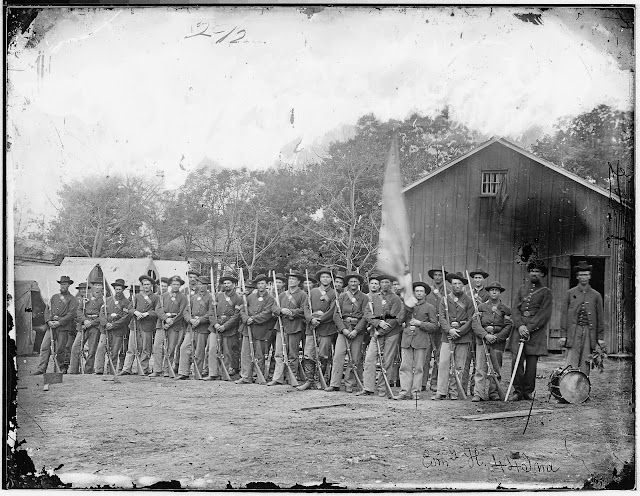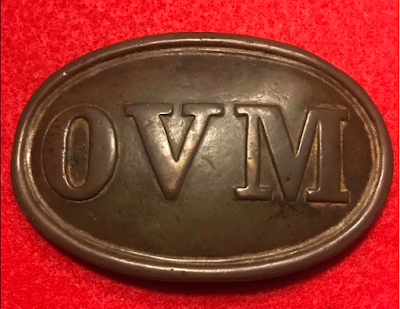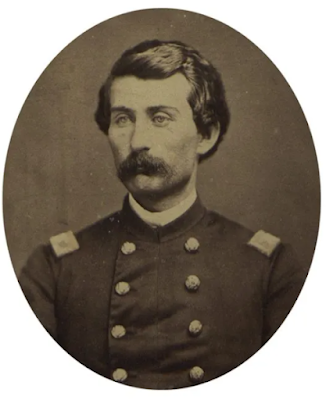On soil enriched with their blood: The aftermath of Gettysburg

S hortly after the conclusion of the Battle of Gettysburg, Ohio editor George G. Washburn traveled to the battlefield to render assistance to the wounded men of his local 8 th Ohio Infantry. The scale of the horrors he witnessed in the coming days proved staggering. South of the copse of trees near the center of the Union line on Cemetery Ridge, he reported that “along this whole line the ground is covered with muskets, knapsacks, clothing, broken caissons, and all the paraphernalia of war while the stench arising from the shallow graves and dead horses utterly baffles description,” he wrote. “An occasional farmhouse is seen riddled with shells and deserted by its former occupants. The floors are clotted with blood where the wounded were first borne in the heat of the action and in one chamber I saw where a shot passed through near the floor and out on the opposite side; the whitewashed wall was besmeared with the brains and blood of some poor soldier who had been placed


















